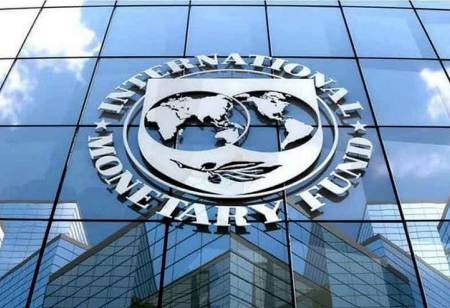
Bangladesh's central bank will allow the currency to float freely, finally yielding to IMF requests to release more funds from the $4.7 billion loan programme. While Bangladesh is not deeply in debt, it has joined several other countries in relinquishing their grip on local currencies in order to obtain finance from the Washington-based lender. Pakistan, Egypt, and Lebanon are among the countries that have abandoned fixed exchange rates this year.
The new market-driven currency rate regime would enable "greater transparency and efficiency in foreign exchange transactions, benefiting businesses, individuals, and the economy," according to a statement from Bangladesh's central bank. It also sees no significant devaluation of the taka, which has fallen approximately 5% this year.
The taka was indicated 0.3% lower at 108.16 per dollar in early Asian trading on Monday. The quote reflects market levels and not necessarily traded prices.
Beginning July 1, Bangladesh Bank will introduce a unified exchange rate system between the taka and the dollar or any other foreign currency, and it will no longer offer discounted foreign exchange. According to the central bank, all international transactions would be based on the new exchange rate framework by the third quarter of 2023, bridging the gap between legal and informal markets.
A looser currency policy could help replenish Bangladesh's reserves by making the country's exports more appealing. Bangladesh, the world's second-largest garment exporter after China, is expected to suffer a 0.8 percentage point drop in economic growth this year as shipments decrease. It had stated that the taka would need to fall to 145 per dollar.
We use cookies to ensure you get the best experience on our website. Read more...